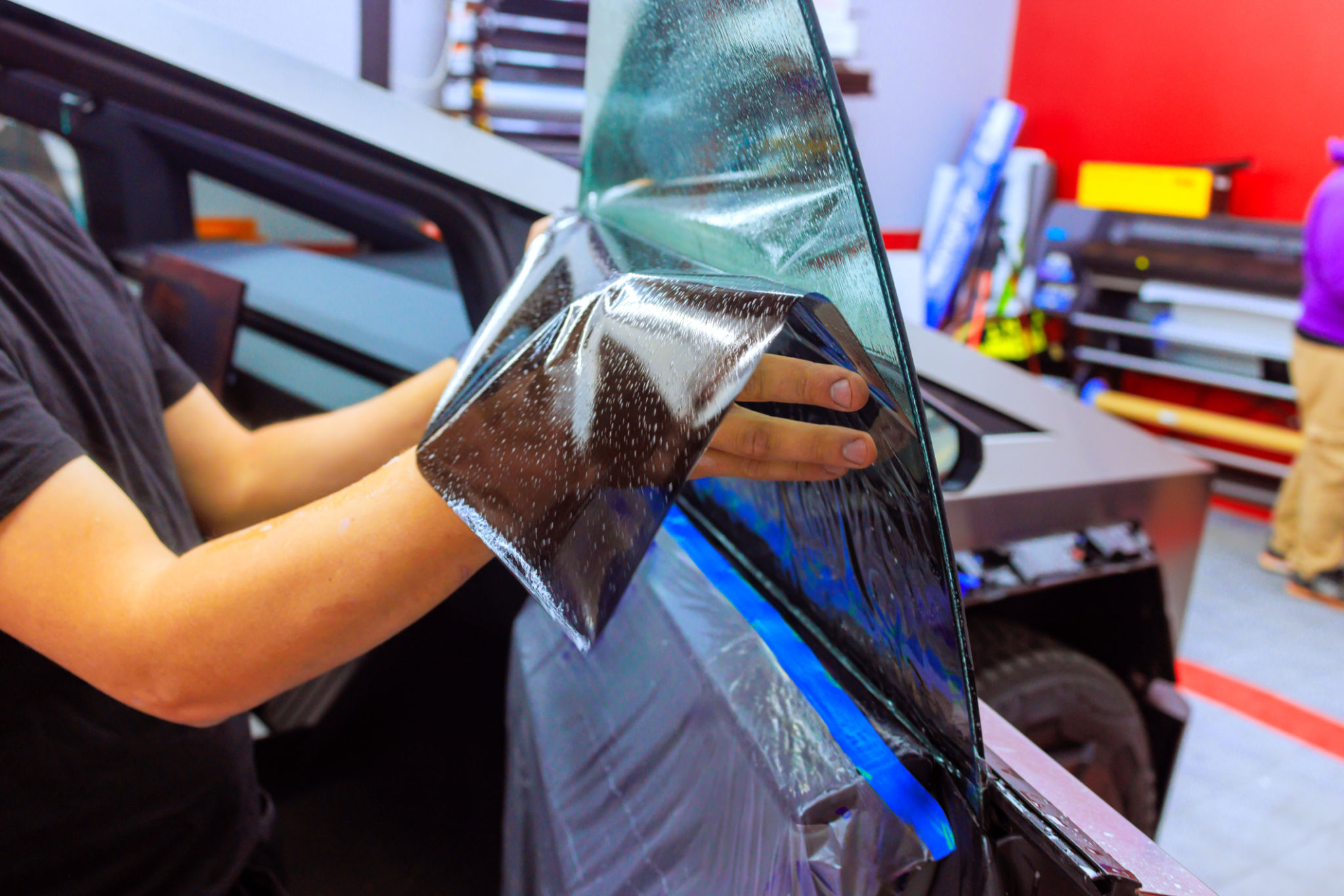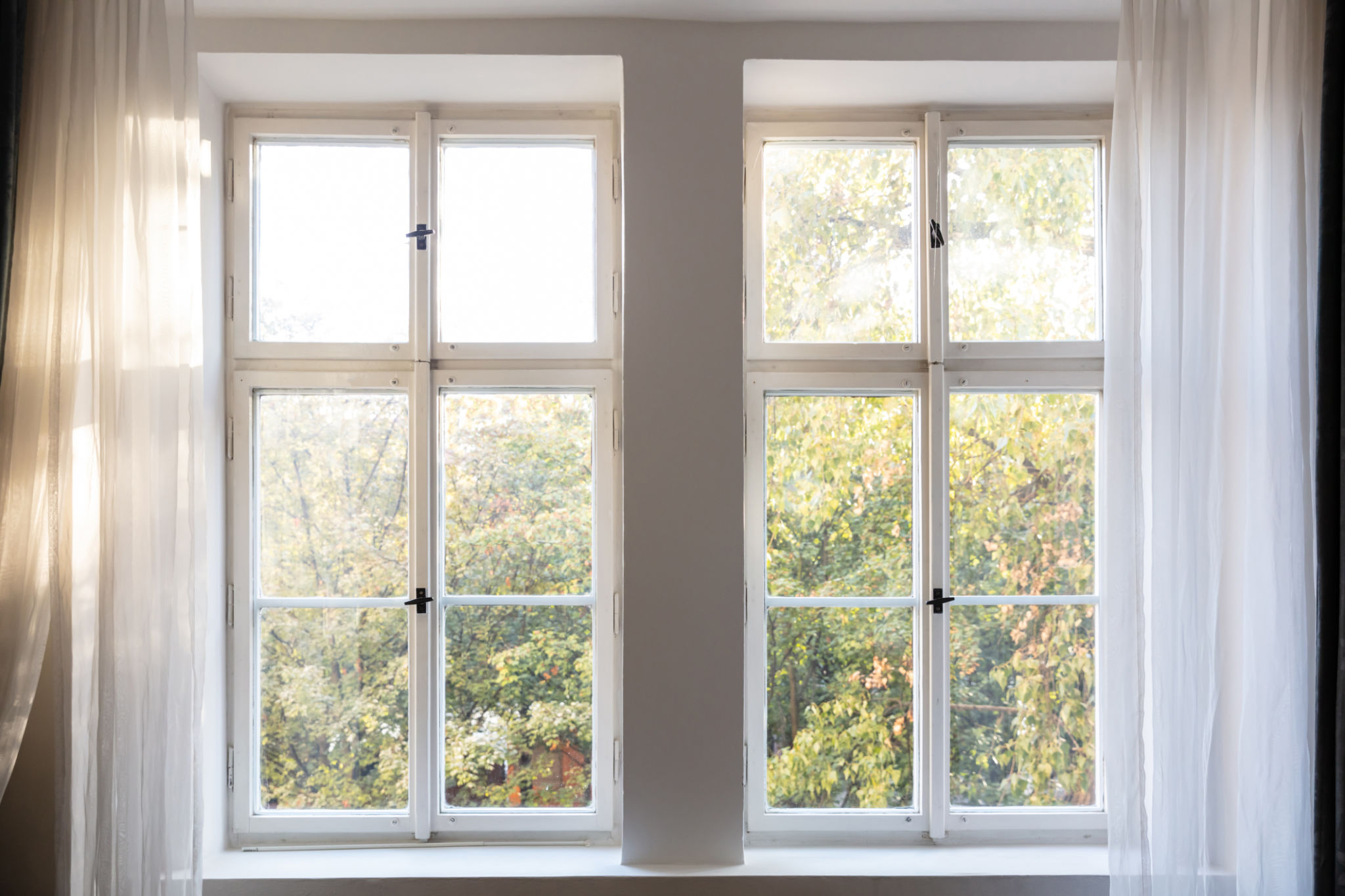Comparing Residential Vs. Commercial Window Tints: What You Need to Know
Understanding Window Tints: An Overview
Window tinting has become increasingly popular for both residential and commercial properties. It offers a range of benefits, from reducing glare and UV exposure to enhancing privacy and security. However, the needs and requirements for window tints can vary significantly between residential and commercial applications. Understanding these differences is crucial to making an informed decision.

Material Differences
One of the primary distinctions between residential and commercial window tints lies in the materials used. Residential tints often prioritize aesthetics and comfort, featuring lighter tints that allow natural light while reducing heat. Conversely, commercial window tints are typically heavier and more robust to meet energy efficiency standards and provide enhanced security.
Residential tints often utilize dyed or metalized films, while commercial tints might incorporate advanced ceramic or dual-reflective films. These materials offer varying degrees of heat rejection, glare reduction, and visibility, catering to the specific needs of each environment.
Purpose and Functionality
The purposes behind tinting windows in homes and businesses can differ significantly. In residential settings, homeowners usually seek to enhance comfort, reduce energy costs, and protect furniture from sun damage. Privacy is also a common concern, leading many to choose window tints that obscure the view from outside without sacrificing interior brightness.

On the other hand, commercial properties may prioritize energy efficiency and regulatory compliance. Many businesses aim to create a conducive working environment by minimizing glare on computer screens and maintaining a consistent indoor temperature. Moreover, some commercial buildings require specific tinting to meet safety standards.
Installation Considerations
Installing window tints also varies between residential and commercial applications. Residential installations are generally simpler and can often be completed in a shorter timeframe. They usually involve fewer windows and less complex configurations.
Commercial installations, however, can be more challenging due to the size and architecture of business facilities. Large glass facades, multiple floors, and unique designs require professional expertise to ensure proper application and performance. Therefore, businesses might need to invest more time and resources into the installation process.

Cost Implications
Cost is a significant factor when comparing residential and commercial window tints. Residential window tinting tends to be less expensive due to smaller square footage and simpler installation processes. The materials used may also be less costly compared to those required for commercial buildings.
Commercial tinting usually involves larger areas and more sophisticated materials, leading to higher overall expenses. However, the long-term energy savings and potential tax benefits can offset these initial costs, making it a worthwhile investment for many businesses.
Choosing the Right Tint for Your Needs
When deciding between residential and commercial window tints, it's essential to assess your specific needs and objectives. Consider factors such as the level of privacy desired, energy efficiency goals, aesthetic preferences, and budget constraints. Consulting with a professional installer can help you navigate these options and select the best tint for your property.
Ultimately, both residential and commercial window tints offer numerous advantages that can enhance comfort, security, and energy efficiency. By understanding their differences, you can make an informed choice that meets your requirements and improves your space's overall quality.
